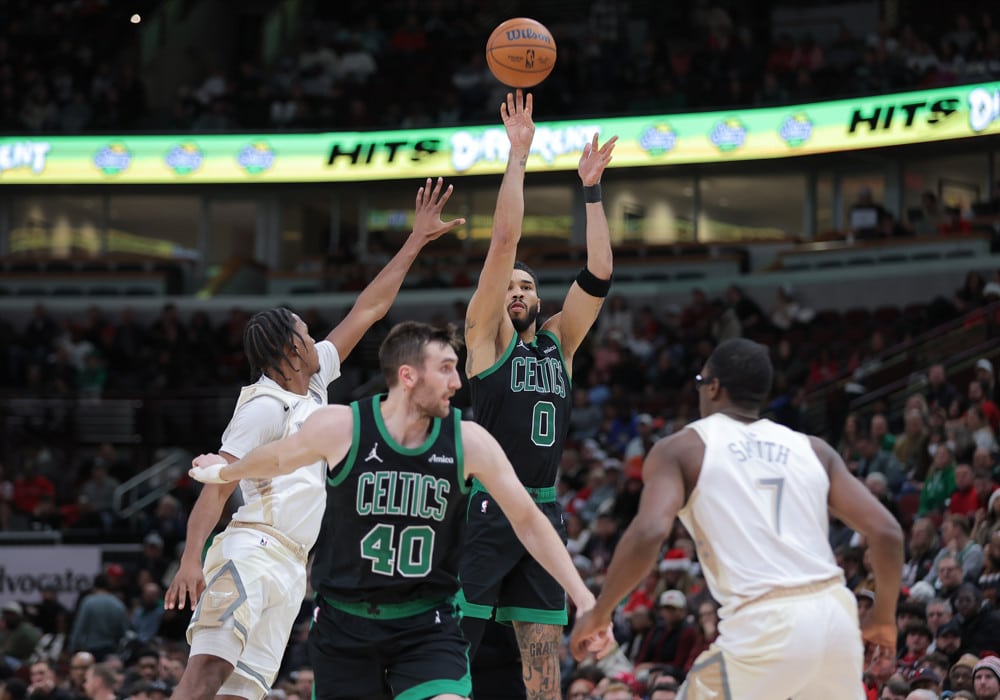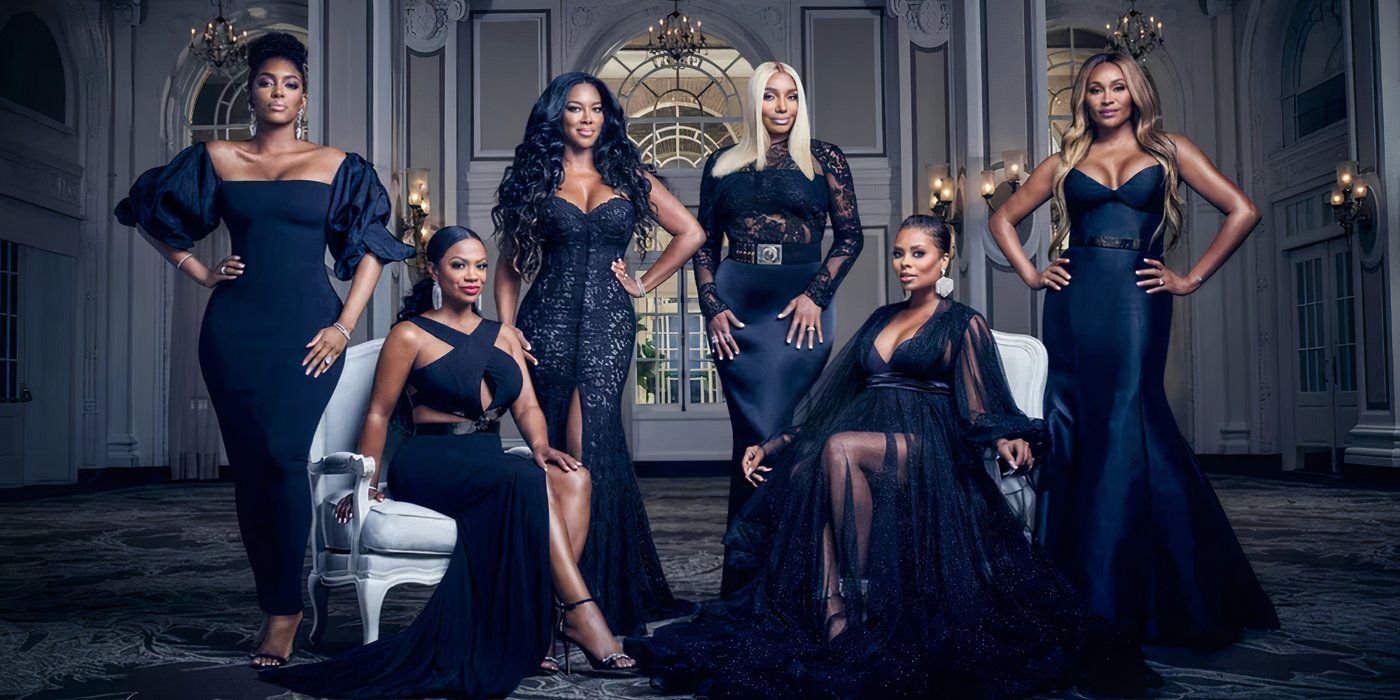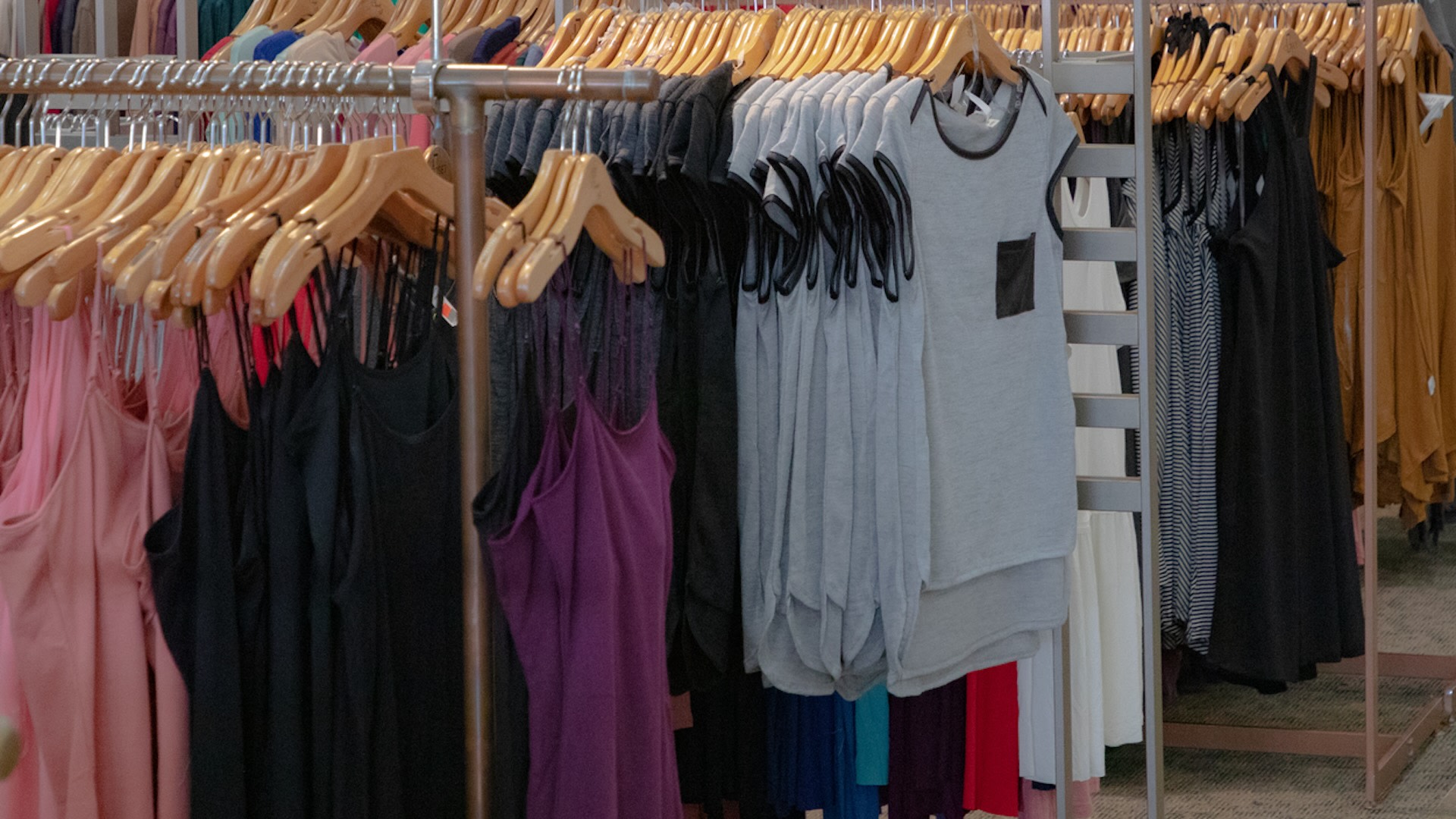Sports
Opinion: As an ex goalball player, I’m excited the Paralympics sport gets watched globally
I never imagined that we would one day be able to watch goalball in the same way we would watch any popular sport.
Paralympic sport goalball played by the visually impaired
Players are blindfolded as they must complete and block shots against their opponents.
Griffin Hadley
I settled back on my couch one Sunday afternoon recently to watch some of the best athletes in the world ply their craft.
I didn’t watch a football or baseball game, although I have watched or covered thousands of those games in my life.
In fact, I have found over the years that the game I watched requires an extensive explanation.
Goalball, a Paralympic sport, was designed for the blind in the 1940s, when many veterans of World War II had lost their sight. Often set adrift by this unwelcome and unplanned development in their lives, the veterans found purpose and reinvigoration in the physical exertion the sport demands.
It is a 3-on-3 game, consisting of a leftwing, center and rightwing. Like most sports, goalball explained in its simplest form sounds almost pointless. The goal is for one team to throw the ball down the court passed the other team.
But goalball is far more complex.
Here’s how goalball is played … and why the audience must be quiet
Every player, even those who are clearly totally blind, must wear a blindfold to ensure maximum fairness. The ball, roughly the size of a soccer ball and often the texture of a basketball, is outfitted with bells so that players may locate it.
The court is marked with tactile lines that the players can feel to orient themselves and make decisions within the game. The rules are extensive, but some important ones to know include that the ball must bounce within a marked box area on the court when thrown, otherwise it will be ruled a “high ball” and penalized. Also, no one player can throw more than twice in a row, requiring players to pass the ball to each other.
Since players must hear the ball on the court, spectators are asked to keep silent, as in tennis or golf.
After decades of growth, when goalball found its way to schools and camps for the blind and was widely popular among blind youth, the sport became a part of the Paralympic Games in 1976.
The Paralympics, staged every four years in the same city as its Olympic counterpart, feature games played by athletes with widely varying disabilities. Most of the games are adaptations of Olympic sports, such as wheelchair basketball or para-archery. Of the 22 Summer Paralympic Games, goalball is one of two sports without an Olympic equivalent.
In other words, it is a sport all its own.
I’ve played goalball, and this is not an easy sport
I was once a goalball player myself — albeit far below the Paralympic level — as a high school student at the Tennessee School for the Blind.
After brief attempts at wrestling and swimming, as a freshman I quickly found my place in goalball. I was small and didn’t have a very powerful shot. My offensive gifts never grew into anything special, but I was fearless on defense.
Anyone who thinks goalball is a fuzzy, feel-good sport that gives blind people a chance to do something fun has never faced down a speeding ball thrown by a well-fed, athletic dude who put all of his strength into it. Getting down in front of those hurtling missiles takes a lot of practice and the proper padding, and it became my specialty.
The other thing I could do was keep track of the game — which is where that two shot rule comes in — and I could distribute the ball with ease. So, despite my evident lack of offense and small stature, I perhaps improbably became a center, and for three years captained the TSB goalball team.
I loved the responsibility of playing center and the leadership required of a captain. I don’t think I had much talent for the game, but I loved to work at it. The effort paid off when I was a senior, as TSB captured a conference championship.
Far from trotting out my letterman-jacketed memories to anyone who would listen, though, over the years I have mostly packed away goalball. There are many reasons for this, but the half page explanation above of what the game is before I can even get to my personal account of it is a big one. However, when goalball came on my TV through NBC’s Peacock, two-decade-old memories came rushing back to me.
Goalball taught me lessons and I’m excited to see it grow in popularity
The Paralympic Games are having a bit of a moment. The International Paralympic Committee. Expected record viewership of the 2024 Paris games, breaking the worldwide 4.1 billion combined viewer mark set in the delayed 2020 and 2016 games. In the U.S., NBC was set to broadcast some 1,500 hours of Paralympic sports on Peacock and 140 hours over its conventional channels. Importantly, all 22 sports were to be covered live, another record.
In my time playing goalball, the Paralympics were a distant dream. I wouldn’t even say it was a goal. TV coverage was nonexistent, and though internet offerings grew over time, smartphone access and the like was not yet ubiquitous. I never imagined that we would one day be able to watch goalball in the same way we would watch any popular sport.
I could not help but wonder how much more motivated I might have been to play beyond high school if I could have seen blind athletes, like me, play my game on the world’s biggest stage like any of the great athletes, and how motivating it must be for young goalball players today.
I am not resentful, though. The game was more than good to me and taught me lessons I carry with me as a working adult today.
Now, amazingly to this old player, it has arrived for all the world to see.
Alex Hubbard is a professional journalist in Nashville. He previously served as a columnist and editor for the USA TODAY Network Tennessee. He is a Goodlettsville native and a graduate of both Middle Tennessee State University and Columbia University.










